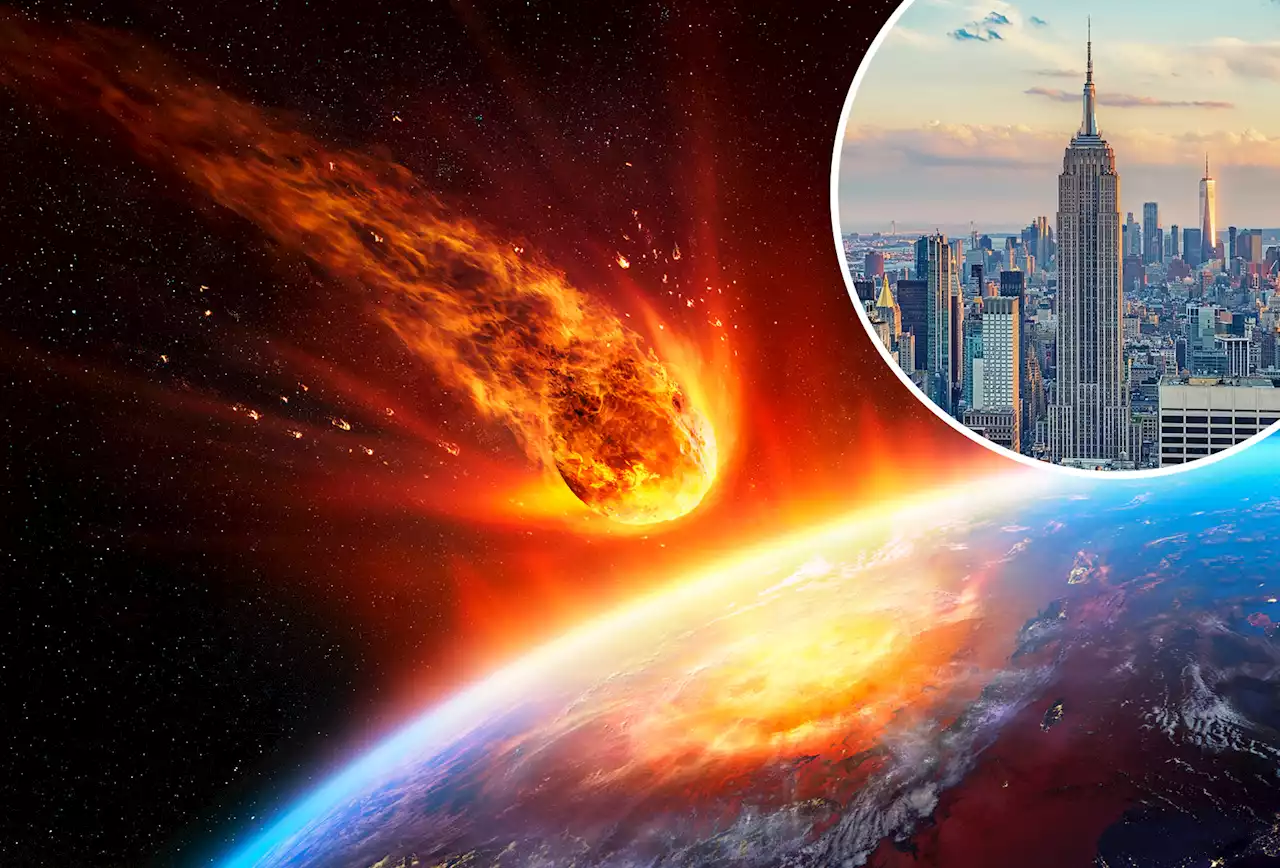Earth's largest continental rift, the East African Rift (EAR) system, has been something of a mystery for geologists – but a new study combining computer models with GPS satellite data appears to have found an explanation.
, the East African Rift system, has been something of a mystery for geologists – but a new study combining computer models with GPS satellite data appears to have found an explanation. stretching and being pulled apart. This leads to deformations on Earth's surface, usually perpendicular to the plate movement.parallel to the plate movement. It's almost as if the rift is being pulled from multiple directions at once, based on the observations that geologists are making.
The 3D models developed by the authors of the new study point to this extra parallel deformation being a result of the African Superplume, a massive upwelling of hot mantle from deep within our planet, carrying heat up to the surface. This upwelling of partially molten rock stretches from southwest to northeast Africa becoming shallower along the way, and is shaping the flow of the mantle beneath.saysThe same African Superplume is likely responsible for some of the seismic anisotropy – alignment of rocks in a certain direction in response to geological forces in the mantle – occurring beneath the EAR, as previously noticed by researchers.from the same team looked at the mix of forces that might be at work on the rift.
"We confirmed previous ideas that lithospheric buoyancy forces are driving the rift, but we're bringing new insight that anomalous deformation can happen in East Africa,"The EAR stretches for some 6,400 kilometers , and the thinking is that over millions of years it's going to. As the lithosphere stretches thinner, we're going to see more earthquakes and breaking rock structures across the region.
However, predicting large-scale geological movements like this is an incredibly challenging task. The research team compares the different deformations that can happen simultaneously as being akin to working with
United States Latest News, United States Headlines
Similar News:You can also read news stories similar to this one that we have collected from other news sources.
 ‘A little bit weird’: Dog at animal shelter for over 215 days seeks forever homeThe 2-and-a-half-year-old pup enjoys playing with most other dogs and already has some training.
‘A little bit weird’: Dog at animal shelter for over 215 days seeks forever homeThe 2-and-a-half-year-old pup enjoys playing with most other dogs and already has some training.
Read more »
 Asteroid larger than Empire State Building to pass Earth on MondayThe asteroid, named 488453 (1994 XD), is due to pass the Earth at a speed of around 48,000 mph.
Asteroid larger than Empire State Building to pass Earth on MondayThe asteroid, named 488453 (1994 XD), is due to pass the Earth at a speed of around 48,000 mph.
Read more »
 An asteroid Empire State Building-sized will come close to Earth on MondayAstronomers have warned that a potentially hazardous, skyscraper sized asteroid will pass very close to Earth next week.
An asteroid Empire State Building-sized will come close to Earth on MondayAstronomers have warned that a potentially hazardous, skyscraper sized asteroid will pass very close to Earth next week.
Read more »
 US leadership in space is key to solving Earth's 'greatest planetary challenges': Former NASA astronautRetired NASA astronaut Nicole Stott spoke with Fox News Digital to discuss the United States' leadership role in space in ensuring humanity survives 'into that very distant future.'
US leadership in space is key to solving Earth's 'greatest planetary challenges': Former NASA astronautRetired NASA astronaut Nicole Stott spoke with Fox News Digital to discuss the United States' leadership role in space in ensuring humanity survives 'into that very distant future.'
Read more »
 The Origins of Mountains Could Lie Much Deeper in Earth Than We ThoughtComplex mountain ranges are formed as Earth's tectonic plates smash (very slowly) into each other: some of the planet's crust is pushed down below the surface, as other parts are thrust up to higher elevations.
The Origins of Mountains Could Lie Much Deeper in Earth Than We ThoughtComplex mountain ranges are formed as Earth's tectonic plates smash (very slowly) into each other: some of the planet's crust is pushed down below the surface, as other parts are thrust up to higher elevations.
Read more »
 Scientists beam solar power to Earth from space for 1st time everThe Space Solar Power Demonstrator's MAPLE experiment was able to wirelessly transfer collected solar power to receivers in space and direct energy to Earth.
Scientists beam solar power to Earth from space for 1st time everThe Space Solar Power Demonstrator's MAPLE experiment was able to wirelessly transfer collected solar power to receivers in space and direct energy to Earth.
Read more »
